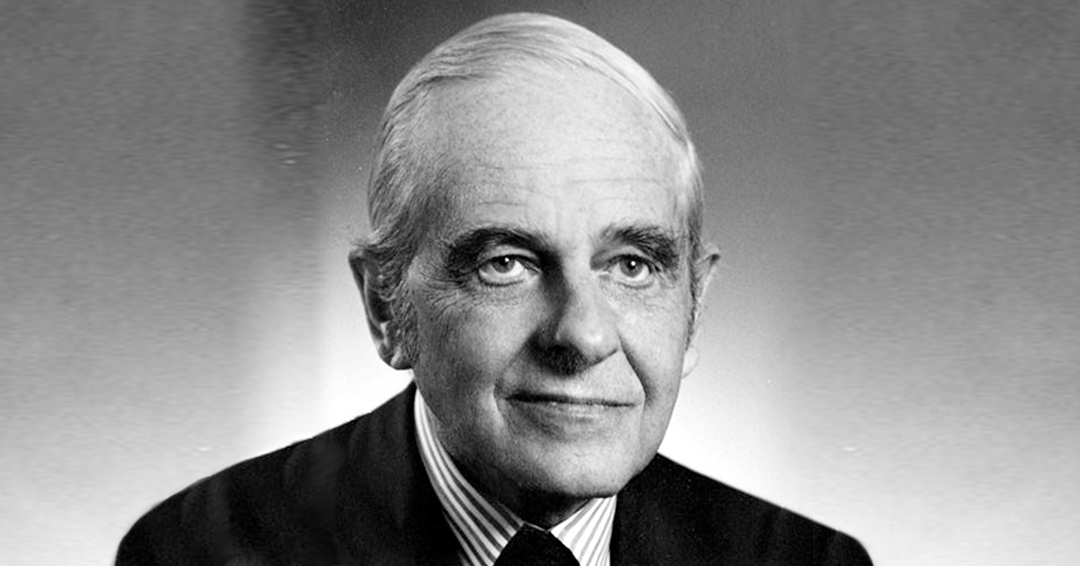
The Douglas has come to be known as a place where we are not afraid to innovate to improve the care of those struggling with severe mental illness. This spirit has its roots in the first forays into psychopharmacology conducted by the visionary pioneer, Dr. Heinz Edgar Lehmann.
Dr. Lehmann, was born in Berlin in 1911, fled Nazi Germany in 1937, eventually making ground-breaking contributions to mental health in Canada. In 1954, Lehmann published the first clinical article introducing chlorpromazine, a synthetic drug discovered in France, to North America, transforming the treatment of psychoses. This marked the birth of modern psychopharmacology, offering a humane alternative for psychiatric patients worldwide. He provided the first and most detailed clinical description of chlorpromazine’s antipsychotic effects, reducing symptoms like delusions and hallucinations. His ground-breaking observation turned chlorpromazine into the world’s first “antipsychotic” medication, reshaping the landscape of psychiatry. Inspired by Roland Kuhn, Lehmann also explored imipramine and iproniazid in depression, leading to the development of the first rating scales for assessing treatment changes, thus introducing the idea of Measurement-Based Care.
Seventy years on, we hope to continue adding to the legacy of Dr. Lehmann, better understanding mental illness so that we can improve the lives of those affected.
(Text adapted from an initial contribution from Dr. Lena Palaniyappan)
Related:
Canadian Hall of Fame: Heinz Lehmann
